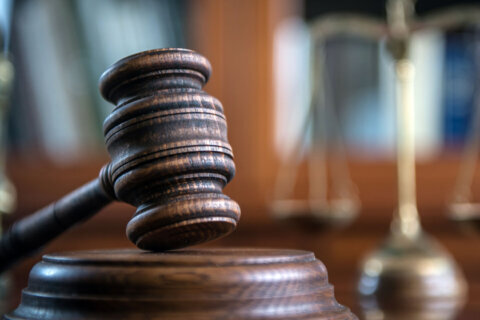WASHINGTON — If you’re using devices like space heaters to avoid high energy bills as we prepare for another wintry mix, there are a few steps you should take to make sure your heating sources aren’t a fire hazard.
When it comes to space heaters, Doug Buchanan, chief communications officer with D.C. Fire and EMS said there are dangers to be aware of when using them to stay warm.
“They need to be used on a hard surface, we stress that they should not be used on carpets. They should never be on unless someone is awake and near it,” Buchanan said.
Space heaters should also be plugged directly into the wall, Buchanan said, in order to avoid the chance of an electrical fire.
Buchanan said it’s crucial to make sure your smoke detectors and carbon monoxide detectors are working.
“We want everyone to stay warm but we need people to provide us with that head start,” Buchanan said.
For wood stoves or fireplaces, fire officials suggest making sure they’re installed properly and making cure chimneys are inspected and cleaned annually. Don’t use flammable liquids to start a fire and keep a glass or metal screen in front of your fireplace to keep debris in.
More tips from the Montgomery County Fire Department:
Kerosene heaters
- Never use fuel burning appliances without proper room venting. Burning fuel (coal, kerosene, or propane, for example) can produce deadly fumes.
- Use only the fuel recommended by the heater manufacturer. NEVER introduce a fuel into a unit not designed for that type fuel.
- Keep kerosene, or other flammable liquids stored in approved metal containers, in well ventilated storage areas, outside of the house.
- Refueling should be done outside of the home (or outdoors). Keep children, pets and clothing away from heaters.
Wood stoves and fireplaces
- Wood stoves should be of good quality–solid construction and design–and should be UL listed.
- Have the chimney inspected annually and cleaned if necessary, especially if it has not been used for some time.
- Do not use flammable liquids to start or accelerate any fire.
- The stove should be burned hot twice a day for 15-30 minutes to reduce the amount of creosote buildup.
Furnace heating
- Inspect the walls and ceiling near the furnace and along the chimney line. If the wall is hot or discolored, additional pipe insulation or clearance may be required.
- Check the flue pipe and pipe seams. Are they well supported and free of holes and cracks? Soot along or around seams may be an indicator of a leak.
- All unused flue openings should be sealed with solid masonry.
- Keep trash and other combustibles away from the heating system.








